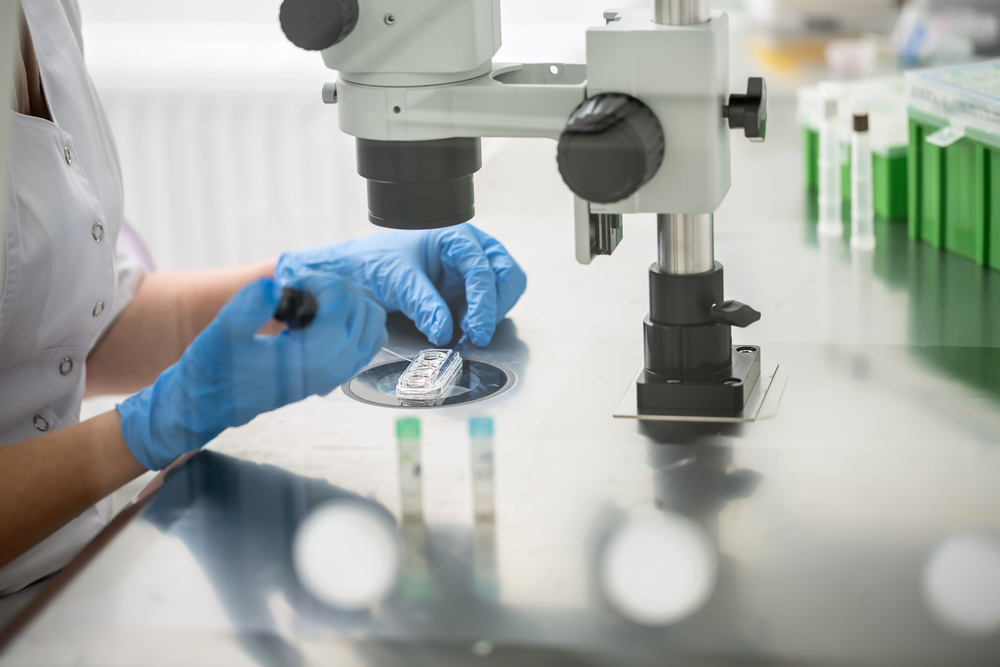In recent times, Frozen Embryo Transfers (FET) have become increasingly more successful and therefore far more prevalent amongst patients. FETs are only possible after an IVF cycle where there are unused embryos. People who want to continue with fertility treatment will then have to decide whether they use their stored embryos in a FET cycle or start another IVF cycle. Retaining the frozen embryos is useful for preserving a woman’s fertility, whilst prioritising the FET increases the chance of pregnancy per egg retrieval. This will help you save both money and time in cases where you require numerous cycles to achieve pregnancy.
FETs with vitrified embryos should not be confused with fertility preservation using vitrified eggs. The latter is for women who wish to preserve their fertility but who do not yet want to fertilise them with sperm.
But what actually is a frozen embryo transfer?
Sometimes women have surplus embryos after a cycle of IVF. These can be vitrified (frozen) and are then thawed and transferred back into the woman’s uterus in a later cycle. Here at Concept we recommend that fresh embryos remain growing in our laboratory until the blastocyst stage, usually day 5, before freezing so that embryos that would naturally perish before then are not stored.
Essentially, the embryos are placed in a special solution to protect the cells from any damage caused by ice crystals. Once vitrified, they embryos are placed in tanks of liquid nitrogen until they are required for use. By law, frozen embryos can be stored for up to 10 years, but there are special circumstances for some patients with premature infertility to allow them to be stored for longer. Unfortunately, not all embryos will survive the process, although the survival rate is now very high.
What’s involved in a frozen embryo transfer procedure?
When the time comes for you to use your frozen embryos, the exact procedure will vary from clinic to clinic, as well as your personal circumstances. For instance, if you are having regular periods, your doctor might advise having the embryo transferred to your uterus with minimal use of medications. On the other hand, if you don’t have periods at all, you may require medications to elicit a ‘false’ period and further medication to prepare the womb lining for pregnancy.
In very exceptional circumstances, a maximum of three embryos can be transferred into your womb. Typically, however, it will just be one embryo that is transferred when the timing is just right.
If you don’t use all of your embryos or if you change your mind altogether, the remaining embryos can be discarded. Whether you use or discard, both yourself and your partner will have to give consent in writing to your clinic.

